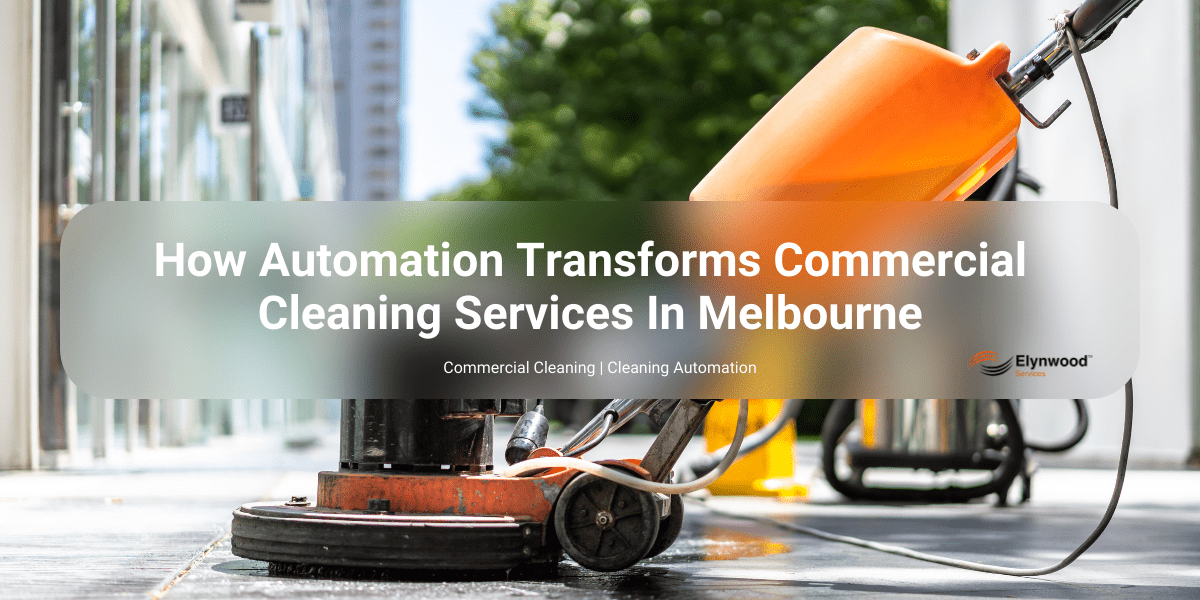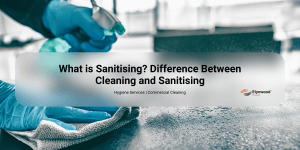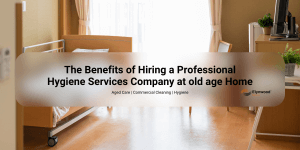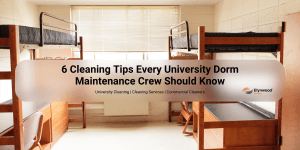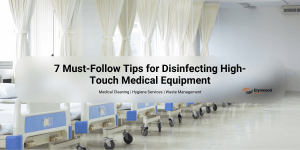Carpets are more than just floor coverings; they mirror your style, comfort, and investment. To ensure they endure the test of time and retain their aesthetic allure, a proactive approach to maintenance is essential. In this comprehensive guide, we’ll delve into the world of carpet care, focusing on the significance of regular maintenance, including professional Carpet Cleaning Services, Eco-Friendly Carpet Cleaning, Commercial Carpet Cleaning, and Carpet Maintenance Programs with biannual tender loving care (TLC) sessions.
1. Understanding the Carpet Lifecycle
Before we embark on the journey of mastering carpet maintenance, it’s crucial to comprehend the typical lifecycle of carpets. On average, carpets have a lifespan of 5 to 15 years, contingent on factors such as material quality, foot traffic, and maintenance practices. Regular care, including professional Carpet Cleaning Services, can significantly extend this lifespan, making it a worthwhile investment.
2. The Power of Biannual TLC
Implementing a maintenance routine for your carpets is akin to treating them to a spa day. While regular vacuuming is essential, it’s the deeper, more intensive care sessions that genuinely make a difference. Biannual TLC, including professional carpet cleaning services, involves extracting deeply embedded dirt, allergens, and stains, contributing to the longevity of your carpets.
3. The Deep Clean: Thorough Removal of Contaminants
Routine vacuuming is effective for surface-level dirt, but it’s the accumulated debris, allergens, and contaminants deep within the carpet fibres that pose a threat to its lifespan. Biannual TLC, which includes professional carpet cleaning services thrice a year, employs methods like hot water extraction or steam cleaning to reach and eliminate these hidden culprits. This deep cleaning not only rejuvenates the carpet but also prevents the gradual breakdown of fibres caused by the abrasion of embedded particles.
4. Stain Prevention and Removal
Spills and stains are inevitable, but their impact can be mitigated with proactive care. Biannual TLC sessions, incorporating professional carpet cleaning services thrice a year, are an opportunity to address any lingering stains and prevent new ones from setting in. Professional carpet cleaners use industry-approved solutions to lift stains effectively without causing damage to the carpet fibres. This meticulous approach not only preserves the carpet’s appearance but also maintains its structural integrity.
5. Odour Neutralisation
Over time, carpets can develop odours, especially in high-traffic areas. Biannual TLC, involving professional cleaning thrice a year, includes odour neutralisation, ensuring that your carpets not only look clean but also smell fresh. This is particularly important for creating a healthy and inviting indoor environment.
6. Long-Term Cost Savings
While it might seem like an additional expense, investing in biannual TLC, including professional carpet cleaning services thrice a year, can lead to long-term cost savings. Extending the lifespan of your carpets means delaying the need for replacements, which can be a significant financial burden. Moreover, regular professional cleaning helps prevent the gradual deterioration of carpet fibres, saving you money in the long run.
7. Environmental Considerations: Eco-Friendly Options
In the spirit of responsible living, consider opting for Eco-Friendly Carpet Cleaning solutions during your maintenance sessions. Many professional cleaning services offer environmentally conscious methods, contributing to a healthier home and planet.
8. Protecting Against Allergens and Bacteria
Carpets can harbour allergens and bacteria, posing health risks, especially for individuals with allergies or respiratory conditions. Professional cleaning, including Carpet Cleaning Services, not only removes visible dirt but also targets these microscopic threats, creating a healthier indoor environment.
9. Preserving Carpet Colour and Texture
The vibrancy of your carpet’s colour and the softness of its texture can be preserved with regular professional cleaning, including Carpet Cleaning Services. The removal of accumulated dirt and contaminants prevents discolouration and maintains the softness and integrity of the carpet fibres.
10. Adapting to Seasonal Challenges
Different seasons bring unique challenges to carpet care, from wet winter boots to summer pollen. Biannual TLC sessions, encompassing various carpet cleaning services, allow for adjustments to the cleaning approach, ensuring your carpets are resilient to seasonal adversities.
Conclusion
In the realm of carpet care, mastering maintenance with biannual TLC is the key to preserving the lifespan and aesthetic appeal of your carpets. Beyond the surface, this routine, including professional Carpet Cleaning Services, contributes to a healthier indoor environment, prevents long-term damage, and offers a cost-effective solution for carpet longevity. Consider scheduling those biannual TLC sessions, incorporating Eco-Friendly Carpet Cleaning and Commercial Carpet Cleaning, and watch your carpets flourish for years to come.
FAQ
Q. How is automation transforming the commercial cleaning industry in Melbourne?
A. Automation is revolutionising cleaning with technologies like robotics, AI, and smart sensors. These tools boost efficiency, ensure consistent hygiene, reduce costs, and improve safety across commercial, healthcare, hospitality, and residential sectors.
Q. What are the main benefits of automated cleaning systems?
A. Key benefits include enhanced efficiency, lower long-term costs, consistent cleaning quality, and improved safety by reducing human exposure to hazardous tasks.
Q. Where is cleaning automation being used in Melbourne?
A. Automation is widely used in offices, hospitals, schools, hotels, and even homes. Robots clean during off-hours, UV-equipped machines disinfect hospital surfaces, and smart vacuums keep Melbourne homes tidy.
Q. What challenges come with adopting cleaning automation?
A. Common challenges include high upfront costs, technical maintenance, workforce impact, and integration with existing systems. However, long-term savings and efficiency gains often outweigh these barriers.
Q. What does the future hold for cleaning automation?
A. Expect smarter AI, integration with IoT for real-time efficiency, eco-friendly cleaning practices, and personalised cleaning schedules tailored to specific business needs across Melbourne’s commercial landscape.


